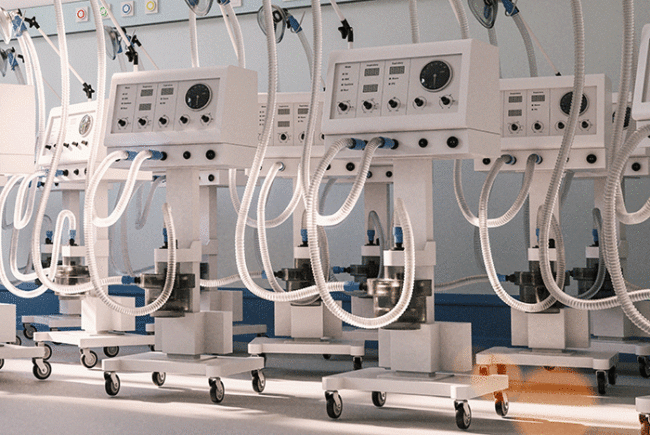CDC, FDA update medical device reprocessing guidance
The Centers for Disease Control and Prevention and the Food and Drug Administration have rescinded and clarified an urgent care alert issued Sept. 11 regarding medical device reprocessing.
In the original alert, the CDC and FDA recommended that health care facilities that contract the maintenance and repair of these devices to third-party vendors also ensure that these vendors be approved or certified by the manufacturers that provide these services.
However, because no formal standardized programs or processes exist through which all manufacturers certify third-party vendors, the organizations are now recommending that health care facilities that hire contractors to perform device reprocessing verify that the contract has an appropriate training program and that the training program includes the specific devices used by the health care facility.
Also this week:
CDC Names Six New Infection Prevention Epicenters
The Centers for Disease Control and Prevention named six new academic medical centers to its Prevention Epicenters program. The CDC awarded the centers a total of $11 million to identify possible new and improved ways to prevent the spread of infectious diseases like Ebola in health care facilities
FDA orders duodenoscope manufacturers to conduct postmarket studies
The U.S. Food and Drug Administration today ordered the three manufacturers of duodenoscopes marketed in the United States to conduct postmarket surveillance studies to understand how the devices are reprocessed in real-world settings.
New HHS disaster readiness resource features preparedness apps
The Health & Human Services Disaster Information Management Research Center has created an online resource to improve access to disaster health information. The applications featured on the website include a suite of apps from the American Red Cross and disaster surveillance and alerts.
New module on Joint Commission standard for Means of Egress
A new module —LS.02.01.20 – Means of Egress - Facilities— is available on the Joint Commission's Physical Environment Portal. The Joint Commission identified 25 Life Safety and Environment of Care elements of performance from eight standards that have been cited frequently during survey activities over the past four years. The portal, in partnership with the American Society for Healthcare Engineering, aims to provide information to reduce findings of noncompliance.
Johns Hopkins teams with DuPont to produce an improved Ebola protection suit
The Johns Hopkins University and DuPont have signed license and collaboration agreements allowing DuPont to commercialize a garment with innovative features from Johns Hopkins to help protect people on the front lines of the Ebola crisis and future deadly infectious disease outbreaks. DuPont intends to have the first of these Ebola protection suits available in the marketplace during the first half of 2016.
ONC finalizes health IT interoperability 'roadmap'
The Health & Human Services' Office of the National Coordinator (ONC) for Health Information Technology today released a final "roadmap" for achieving a national health IT infrastructure that facilitates the secure exchange and use of electronic health information by 2024. The plan, which ONC called a "living document," will evolve as technology and policy require.
More than 1,000 health care facilities now part of Energy to Care
The American Society for Healthcare Engineering recently announced that the 1,000th facility has joined its free Energy to Care benchmarking and awards program. Since 2009, hospitals participating in the program have tracked more than $67 million in energy savings. The program, sponsored by Johnson Controls, provides a robust dashboard that makes it easy to visualize shared energy-use data within facilities.





